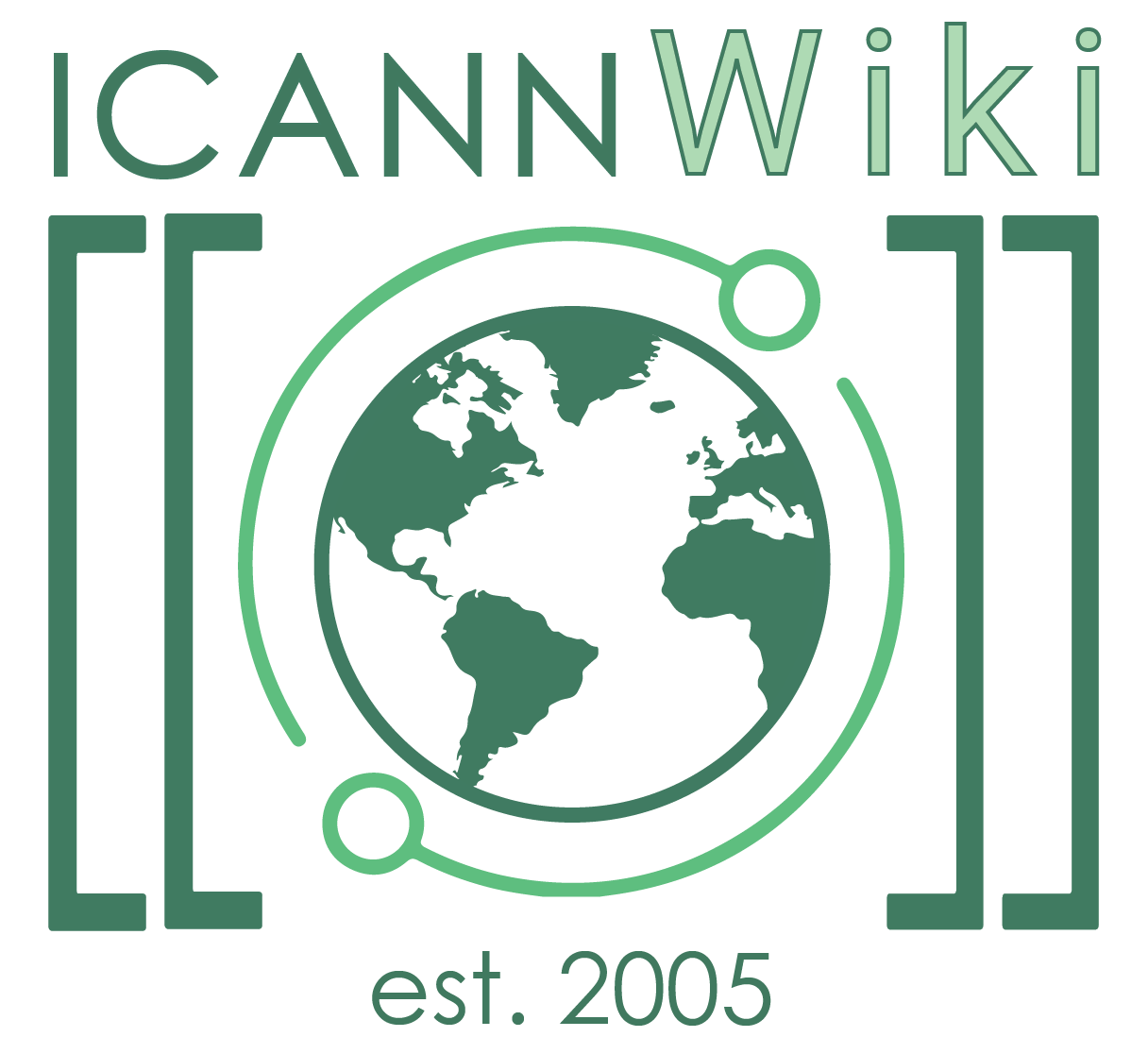History of the Internet in Japan
The Internet in Japan, like many other countries, began with an experimental network of academics established to share computing resources, as well as information and ideas. In 1974, the N1 project, which was supported by the Ministry of Education of Japan, became the first effort to establish a national academic network. Due to regulations at the time, the network operated exclusively as a resource-sharing network and did have any mail or news exchange facilities.
Then in 1984, a group of researchers, led by Dr. Jun Murai launched JUNET (Japan University Network), which connected computers at the Tokyo Institute of Technology, Keiō University, and the University of Tokyo. JUNET benefited greatly from the passage of 1984 Telecommunications Business Act, which denationalized the telecommunications industry, which facilitated its success as an email and e-news network, becoming Japan’s first research computer network.
Around this time, there was a proliferation of different networks utilizing a variety of their own protocols. In Japan, the National Center of Science Information System (NACSIS) started operating the NACSIS network (currently, SINET 5) in 1987 and the Japan Academica Inter-University Network (JAIN) started in 1988.
During this expansion of the networked computing, there was a movement to connect the growing number of academic networks to each other. As most know, TCP/IP was selected as the protocol that would achieve this goal and lead to what we now know as the Internet. In Japan in 1985, Dr. Murai took the lead in establishing the Widely Integrated Distributed Environment, which created the experimental WIDE Internet, which adopted use of TCP/IP. After successful experimentation, it became the WIDE Project and began official operations in 1988 and connected to the NSFNET in 1989, forming a major part of the backbone for the Japanese Internet.
History of Internet Resources
When JUNET launched it used .junet as a top-level domain, which was used until 1989 when the Japanese Internet community migrated to .jp as global rules regarding top level domains were developed. During this migration, the convention of registering names directly at the second level was replaced with organizational categories at the second level and registrations at the third level.
Initial administration of .jp was handled by Dr. Murai within the “junet-admin” group, but with the growing demands for Internet resources, it became evident that a new solution was needed. As a result, the Japan Committee for Research Networks (JCRN) was formed and subsequently created the Japan Network Information Center (JNIC) in 19921 to manage and administer the .jp ccTLD.
References
ICANNWiki resources: Special Pages | Content Guide | Documentation | Development || Maintenance: Articles needing attention | Candidates for deletion || Projects: Internet & Digital Governance Library
